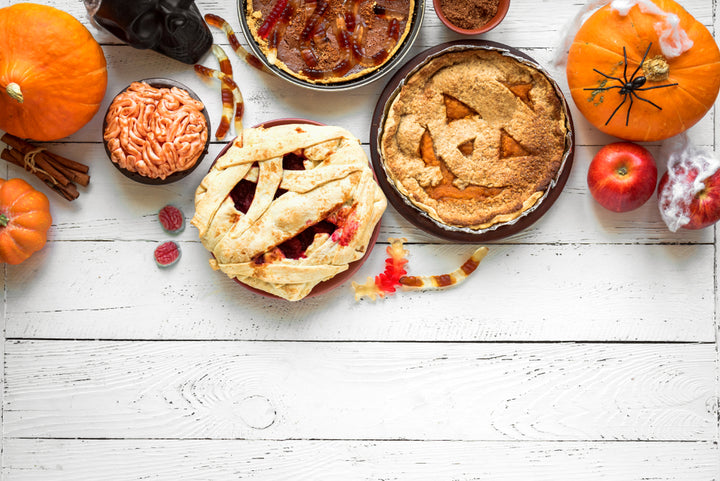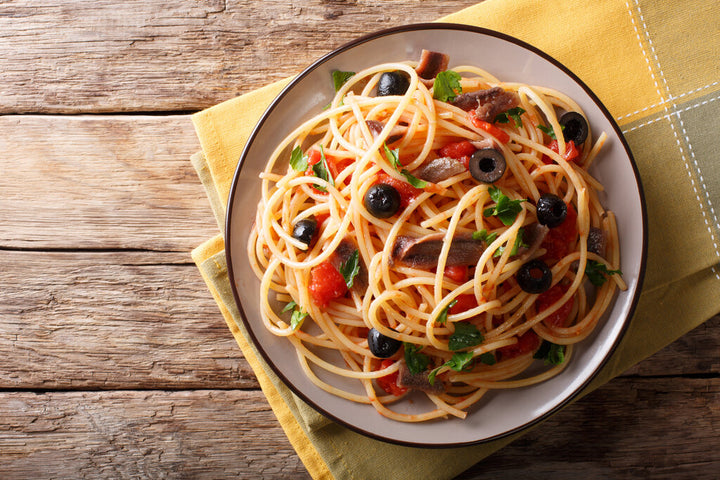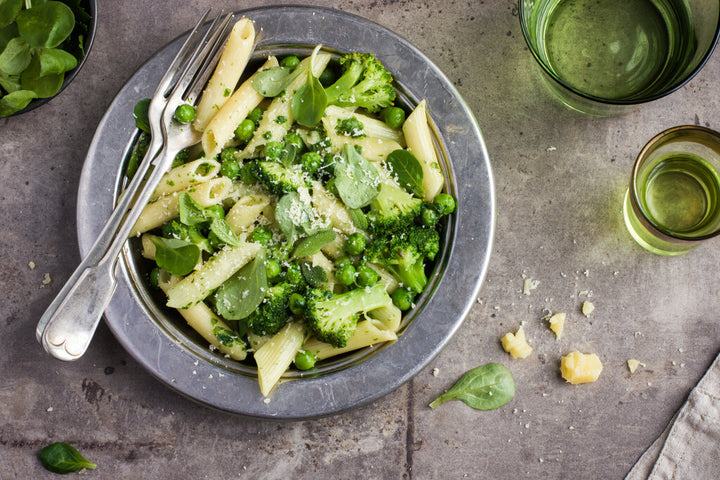It has been said that "you either love bacon, or you're wrong." Well, we have a way to cook bacon that will make everything right!
There are so many ways to cook bacon, but bacon cooked over a stove in a cast-iron skillet is tops if you go back to basics! This is a super simple but "oh so satisfying" way to enjoy it.
If the thought of frying up thick slices of bacon hasn't made you drool just yet, then we'll turn the heat up a bit on our cast-iron skillet and jump right into the recipe!
Bacon in Cast-Iron Recipe
Full of smokey flavor, skillet bacon is the ultimate palette pleaser! With this recipe, we'll take a closer look at some of the ways you can maximize your bacon cast-iron skillet cooking experience:
- The best tools to use to cook that bacon
- The best bacon to cook on a stovetop
- How to drain the grease and what to do with it
- Clean up and more!
Are you getting hungry yet? Let's start cooking that bacon!
Equipment
- A cast-iron skillet set or frying pan
- Tongs or a long fork
- Paper towels on a plate or a brown paper bag opened on a plate
- A jar for collecting the drippings
- Turkey baster or bulb baster for sucking up grease (optional)
Cooked Cast-iron Bacon FAQ
What are the best tools to use to cook bacon on the stovetop?
One of the best ways to cook bacon on the stovetop is with a cast-iron skillet or frying pan. Non-stick isn't necessary for cooking bacon on a skillet because as the bacon releases fat, it creates a slippery coating, which allows the bacon to slide around and be turned over.
Cast-iron is the classic pan for frying bacon. Some pans have added ridges to collect the bacon grease, but you can scoop the grease out with the baster or a spoon. Just turn it to the side carefully and remove the excess grease.
You'll also need a good pair of kitchen tongs or a long fork. Turning is necessary when cooking bacon in a skillet.
Which Bacon Is Best to Cook on a Stovetop?
When it comes to bacon, we are spoiled for choice! Whether you like your bacon unflavored, smoked, or flavored with maple, it's all good. These days you even get chicken, turkey, and seaweed "bacon" – so not even vegetarians have an excuse!
The trick is to get the right thickness. Some prefer thicker cut strips, especially for cooking in cast-iron. Others prefer thinner slices for a crispier result. Some people enjoy more fat than meat, and others try to find strips that have less fat and slightly more meat. It's all up to you.
What Do I Do With the Grease?
Once you know how to cook bacon in a cast-iron skillet, you'll be wondering what to do with all that grease. If you want to get rid of the grease as you're cooking, pour it out as you go, or use a turkey baster or bulb to suck it up as a less messy option.
If you still have grease left over after cooking your bacon, you can quickly drain it by setting it onto a plate lined with paper towels or place it into a paper bag. The paper will soak up the excess grease, leaving only the crispy bacon!
There will always be some grease leftover from your bacon frying experience. Known as "the drippings," they can be stored and used in other cast iron skillet recipes as a substitute for oil. Pour or scoop the excess grease into a jar or container. Seal it and store it in the refrigerator for up to 3 months.
Useful Bacon Cleaning Tips
From bacon splatter to finding the best solution to cleaning up all of those grease marks, here's a breakdown of what might happen when you are cooking bacon in cast-iron and the best way to keep your kitchen clean:
Bacon splatter: If you are cooking bacon in a cast-iron skillet, you will definitely be dealing with splatters. This can create a ton of mess and may even land on your skin. You can prevent some of the splatters by using a splatter screen.
However, you will have to turn the bacon, so the screen will come off from time to time. When the screen lifts, the splatter starts right up again! Wear oven mitts to keep your hands and arms safe and an apron to protect your clothes.
Bacon crust: Bacon sticking to pan? As you learn more about how to fry bacon in a skillet, you'll notice that a brown crust may develop on the bottom of it. This typically happens when the bacon is nearly done.
Once you remove the bacon and drain most of the grease, wipe out the crusted contents with a paper towel before frying the next batch. Be careful with the hot pan, and wait about a minute until the pan cools slightly.
Cleaning the skillet: When you are done cooking all that extra bacon, set the skillet back on the stove and fill it about half of the way with water. Turn the heat up and allow the water to boil in the skillet.
Use a spatula and scrape away at the crusted bottom gently. Don't ever use dish soap – water will do just fine!
Seasoning your cast-iron skillet: Use only warm water to clean your skillet. This is part of the seasoning process. Dish soap will cut all the grease, but you will want to leave some of this residue as a protective coating to the bottom of the skillet.
Once your skillet is clean, dry it well. Next, use a clean paper towel to gently rub a coating of oil over the bottom of it. This will "season" your skillet and give it a natural non-stick coating.
Bacon smell: The aroma of cooked bacon will fill a room rather quickly, but you don't want your house to smell like bacon all the time, do you? If you answered no, then you'll need to control the bacon odor.
By using the exhaust fan while cooking, you will remove most of the smell. Crack open a window when cooking, and keep it open after cooking to help air things out.
Bacon, Anyone?
You know you love bacon! No matter how you cook it, these delicious smokey, salty strips of savory satisfaction will keep you satiated. But if you want to take your tastebuds to the next level, cooking bacon in a cast-iron skillet is exactly what you need.
Cooking bacon in a cast-iron has been around since the birth of bacon: it just tastes better!
For those who still buy cast-iron today, the legendary cooking method continues on. So grab your cold pan and get frying bacon on cast-iron today. Make extra for your bacon-loving friends!
If you enjoyed this article, we invite you to dive into our guide to cooking eggs in cast iron!
Leave a comment
Comments will be approved before showing up.
Also in Recipes










